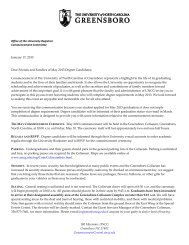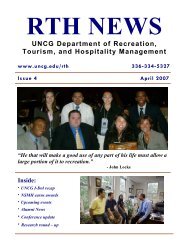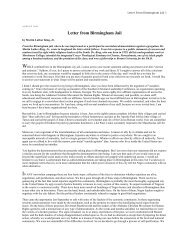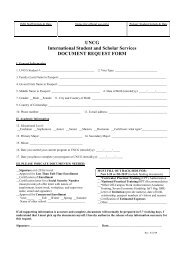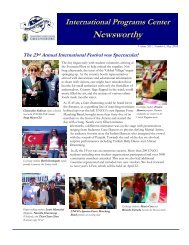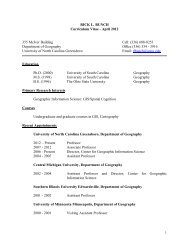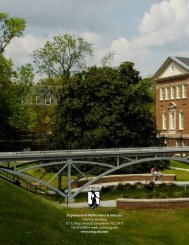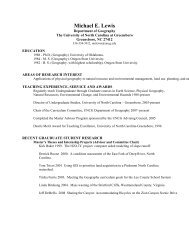Safety and Health Policy and Procedure Manual TRENCHING AND ...
Safety and Health Policy and Procedure Manual TRENCHING AND ...
Safety and Health Policy and Procedure Manual TRENCHING AND ...
Create successful ePaper yourself
Turn your PDF publications into a flip-book with our unique Google optimized e-Paper software.
Where hazardous atmosphere may exist such as oxygen<br />
deficiency <strong>and</strong>/or atmospheric contaminants or<br />
flammable gas, the atmosphere in the excavation is<br />
tested before employees enter<br />
EMERGENCY RESCUE EQUIPMENT<br />
Emergency rescue equipment, such as breathing<br />
11. apparatus, a safety harness <strong>and</strong> line, or a basket<br />
stretcher, is readily available where hazardous<br />
atmospheric conditions exist or may develop<br />
12. Attendant is provided for emergency rescue equipment<br />
Employee entering bell-bottom pier holes or other<br />
13.<br />
similar deep <strong>and</strong> confined footing excavations, are<br />
wearing a harness with life-line securely attached <strong>and</strong><br />
reports from material h<strong>and</strong>ling lines<br />
14. Each life-line is individually attended at all times<br />
15.<br />
16.<br />
17.<br />
18.<br />
19.<br />
20.<br />
21.<br />
22.<br />
23.<br />
PROTECTION FROM WATER ACCUMULATION HAZARDS<br />
Employees do not work in excavations in which water is<br />
accumulating, unless adequate precaution taken to protect<br />
against water accumulation hazards<br />
When water is controlled or prevented from accumulating, the<br />
water removal equipment <strong>and</strong> operations are monitored<br />
by a competent person<br />
If excavation interrupts the natural drainage of surface water,<br />
diversion ditches, dikes, or other suitable means are used to<br />
prevent surface water from entering the excavations <strong>and</strong><br />
provide drainage<br />
Excavations subject to runoff from heavy rains are inspected<br />
by a competent person to ensure protection from water<br />
accumulation hazards<br />
STABILITY OF ADJACENT STRUCTURES<br />
Support systems such as shoring, bracing, or underpinning<br />
are provided to ensure stability of adjoining buildings, walls<br />
or other structures <strong>and</strong> protection of employees<br />
Excavations below the base or footing of any foundation such<br />
as a retaining wall is not permitted unless a support system is<br />
provided, or the excavation is in solid rock, or approved by a<br />
registered professional engineer<br />
Sidewalks, pavements, <strong>and</strong> appurtenant structures are not<br />
undermined unless supported by other protective systems used<br />
LOOSE ROCK <strong>AND</strong> SOIL<br />
Employees are protected from loose rock or soil that could fall<br />
or roll on them by scaling, barricades, or other means<br />
Excavated <strong>and</strong> other materials or equipment that could fall or<br />
roll on employees kept at least 2 feet from the edge <strong>and</strong>/or<br />
retaining devices used<br />
24. INSPECTIONS<br />
Daily inspections are conducted by competent person prior to




